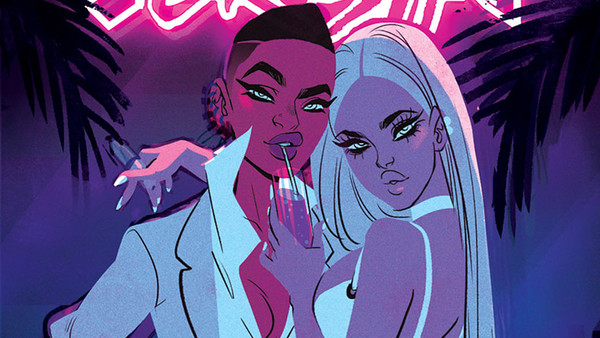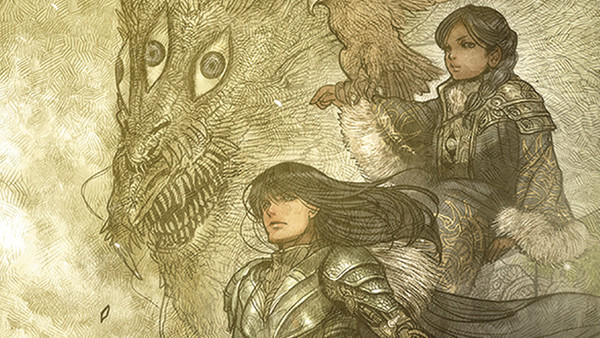Why The Comics Industry Needs To Change (Before It's Too Late)
1. Why Trade Collections Are The Future

The intent of this piece isn't meant to prophesise doom for the industry. Comics have been around for decades and they'll be around for decades longer. It's more just that there are glaring issues that aren't being addressed, with the direct market being the most obvious example.
There are so many reasons to be optimistic about comics, whether that's just the sheer number of amazing books there are on shelves or the conscious effort being made by certain publishers to tap into the young adult and children's markets with new incentives. DC, which has both Zoom and Ink - imprints geared towards younger readers - deserves particular praise for doing just that, but their traditional comics are still in need of change.
This is where trade collections come in. Trade paperbacks and hardcovers - better known as 'graphic novels' - have a greater reach than single-issue 'floppy' comics. They don't have adverts everywhere, and - with the exception of Marvel, whose trades are bizarrely hit-or-miss in terms of quality - they all have better presentation. They're easier to store, less expensive, and some publishers are - slowly but surely - even electing to print entire runs exclusively through trades. New arrival TKO Studios has adopted this model, while Image has also shifted several of their books from single-issue, monthly releases to instead release them in trade collections, Motor Crush and Moonstruck two of the most notable examples.
Bleeding Cool reported just this January that over half of the top 100 selling graphic novels over the last decade were published by Image. The publisher clinched 51 spots on the top 100. Marvel and DC, meanwhile, lagged behind at 10 and 30 respectively. While it's still the case that the Big Two possess the lion's share of the direct market, it's clear that genuine readers are flocking to Image through their trades, which are not only sold at comic book stores, but at general book shops and high-street outlets.

Image's success in this regard may yet be a sign of things to come. In a conversation with Newsarama's Chris Arrant, Image publisher Eric Stephenson intimated as much.
"I think everyone involved [in the Image titles that are changing] agreed the monthly comics weren’t reaching the audience we wanted to reach, but the trades were doing well - and in the case of Moonstruck, markedly better in bookstores - so it seemed like the most logical step forward... If it makes sense for other books in the future, then great, but generally speaking, I don’t think comics and graphic novels should be treated as interchangeable. Comics should be written as comics, and graphic novels should be written as graphic novels."
One of the more interesting comments made in the above quote pertains to how writers go about framing story arcs. Stephenson argues that "comics should be written as comics", and vice-versa with graphic novels. It's the case today that a lot of comic book writers are effectively 'writing for the trade', ditching one-and-done issues to tell big, expansive arcs that are paced differently to how one may expect an average comic to read.
When so many creators are telling their stories to fit these trades in the first place, would it not make more sense for publishers to prioritise them? It seems as though that's where the most potential is. And even if retailers still have to go through the direct market to order these collections, trades still inhibit some of its most frustrating elements, specifically the saturation of variants, as well as the premature cancellation of under-promoted books.
It's not a case of one size fitting all, but it's so obvious that the current model isn't working. Why not try something different for a change?
Watch Next
The Ultimate Marvel Comics Quiz
